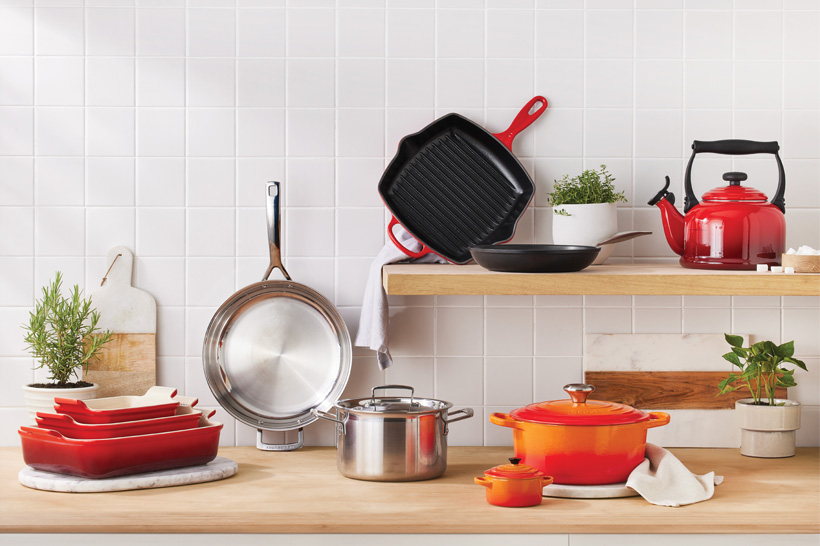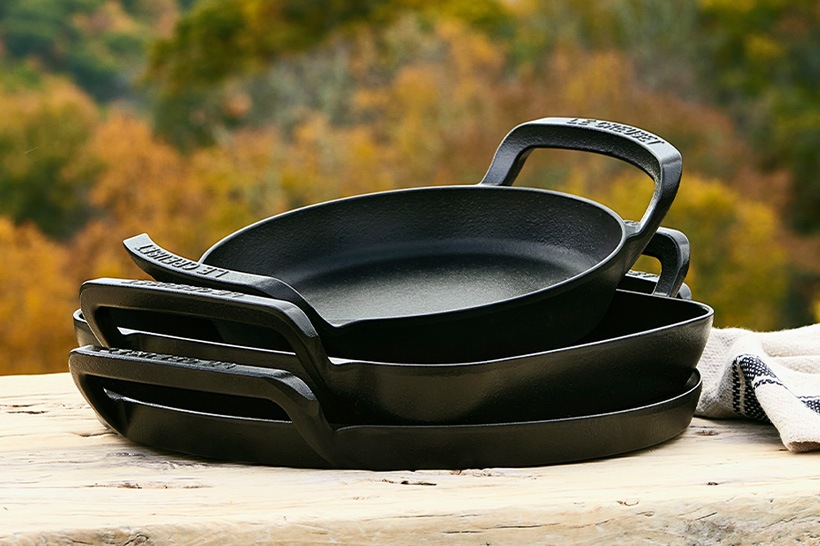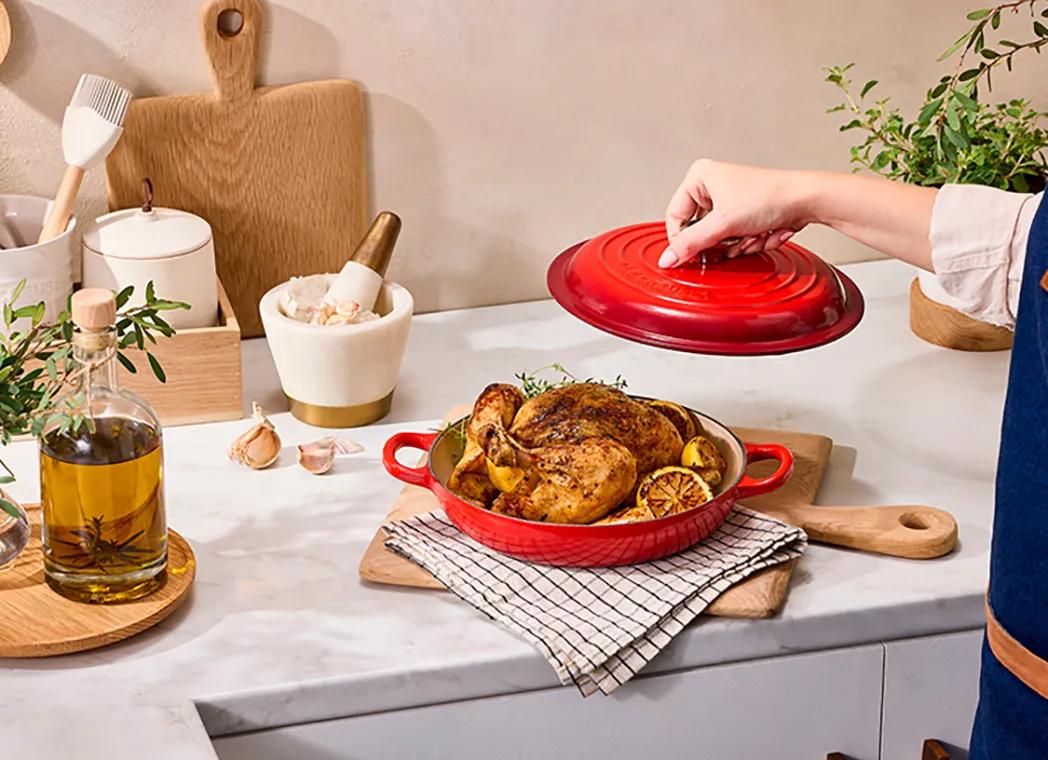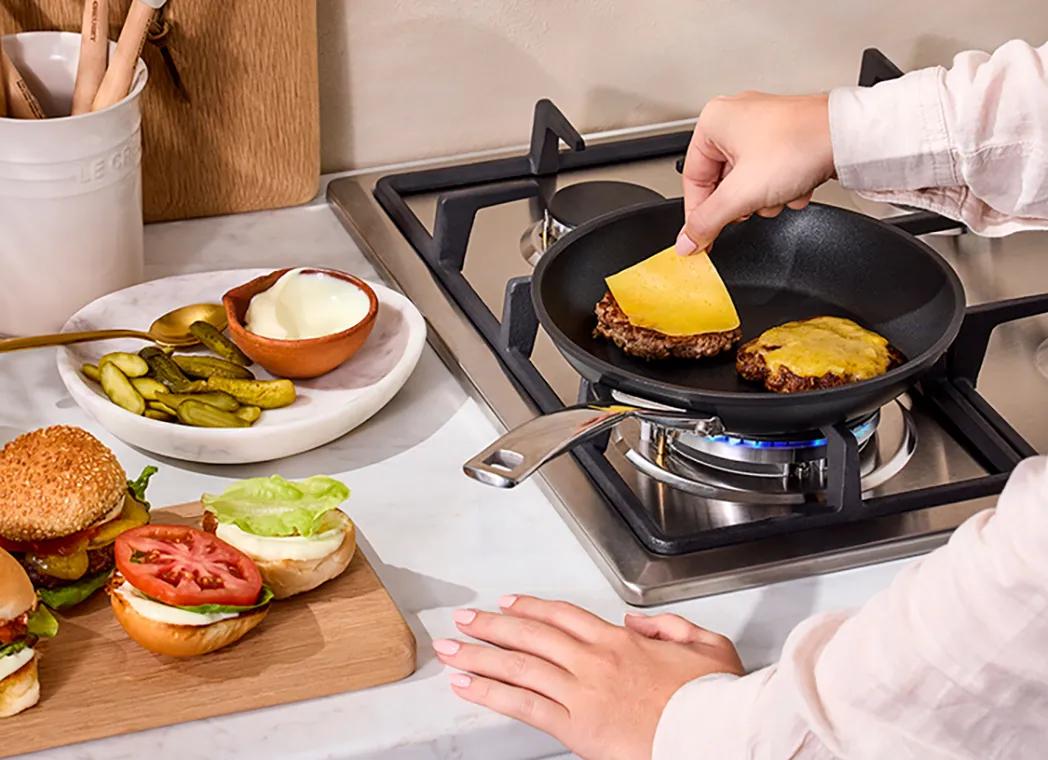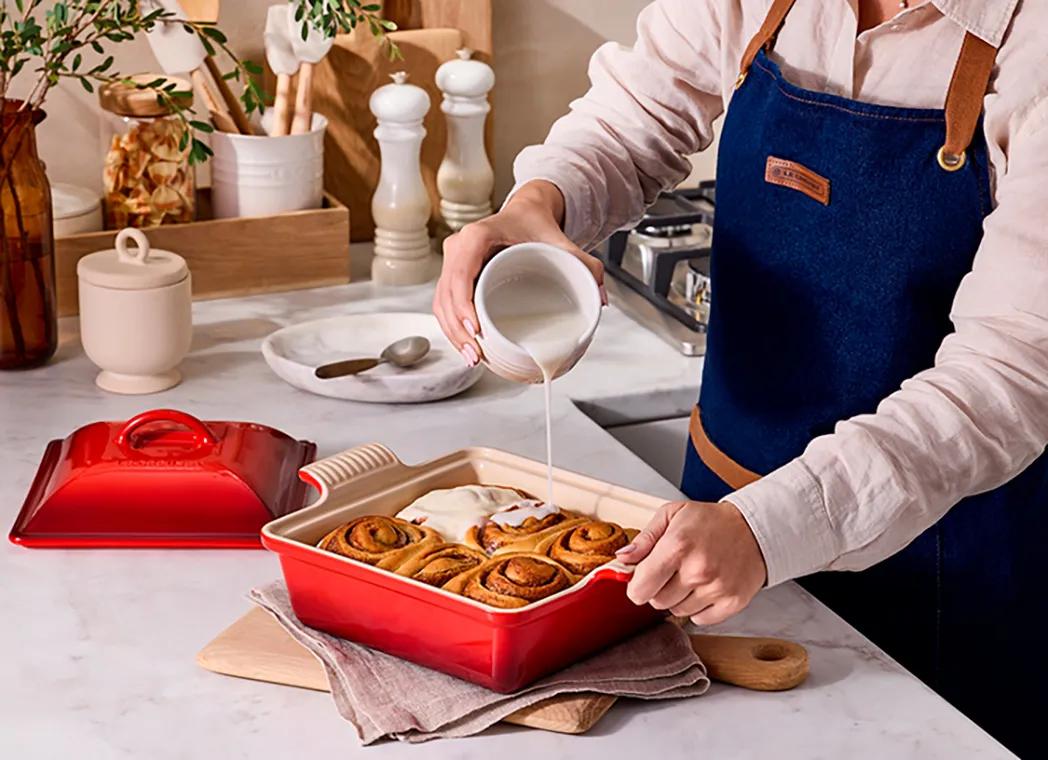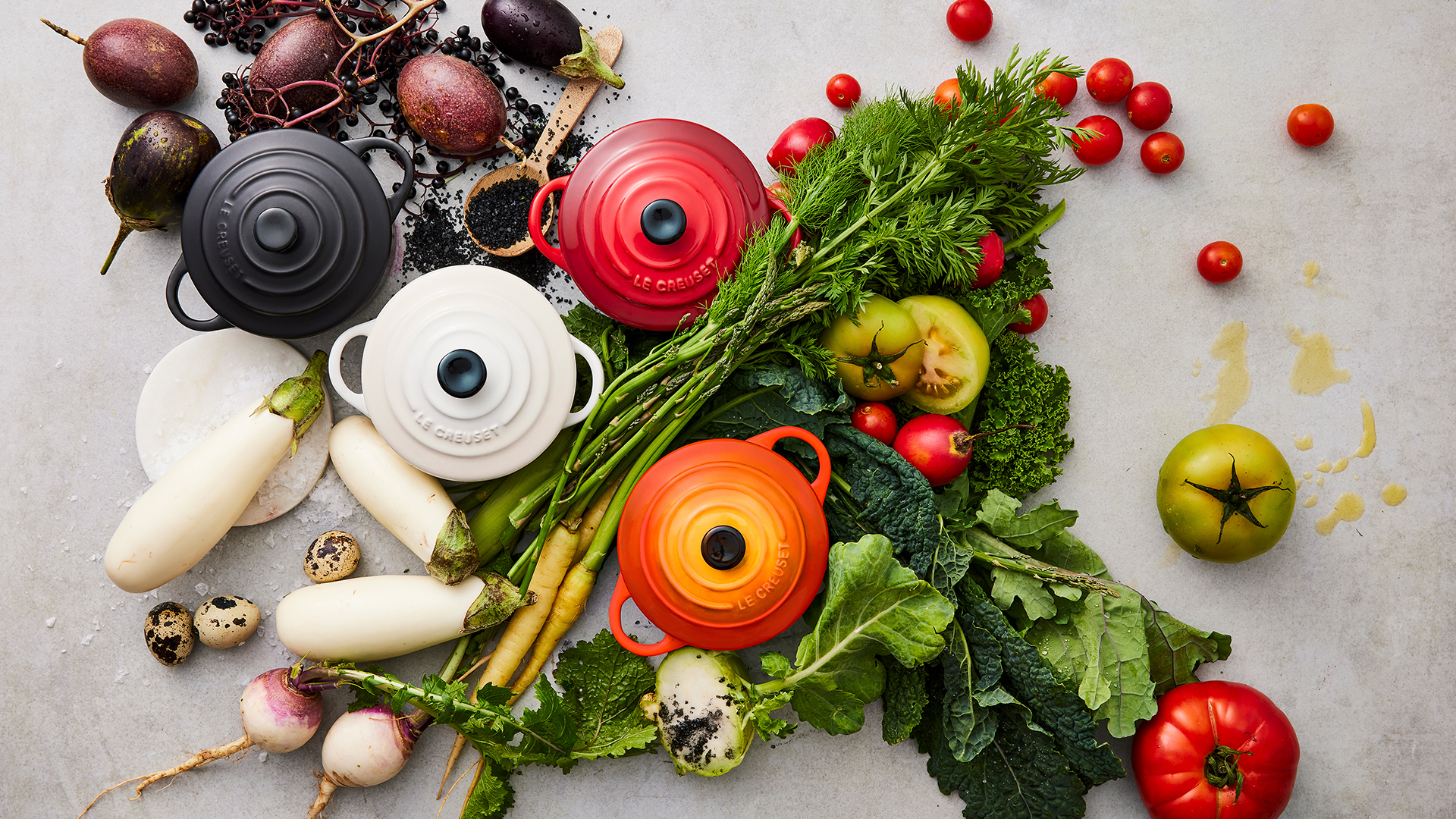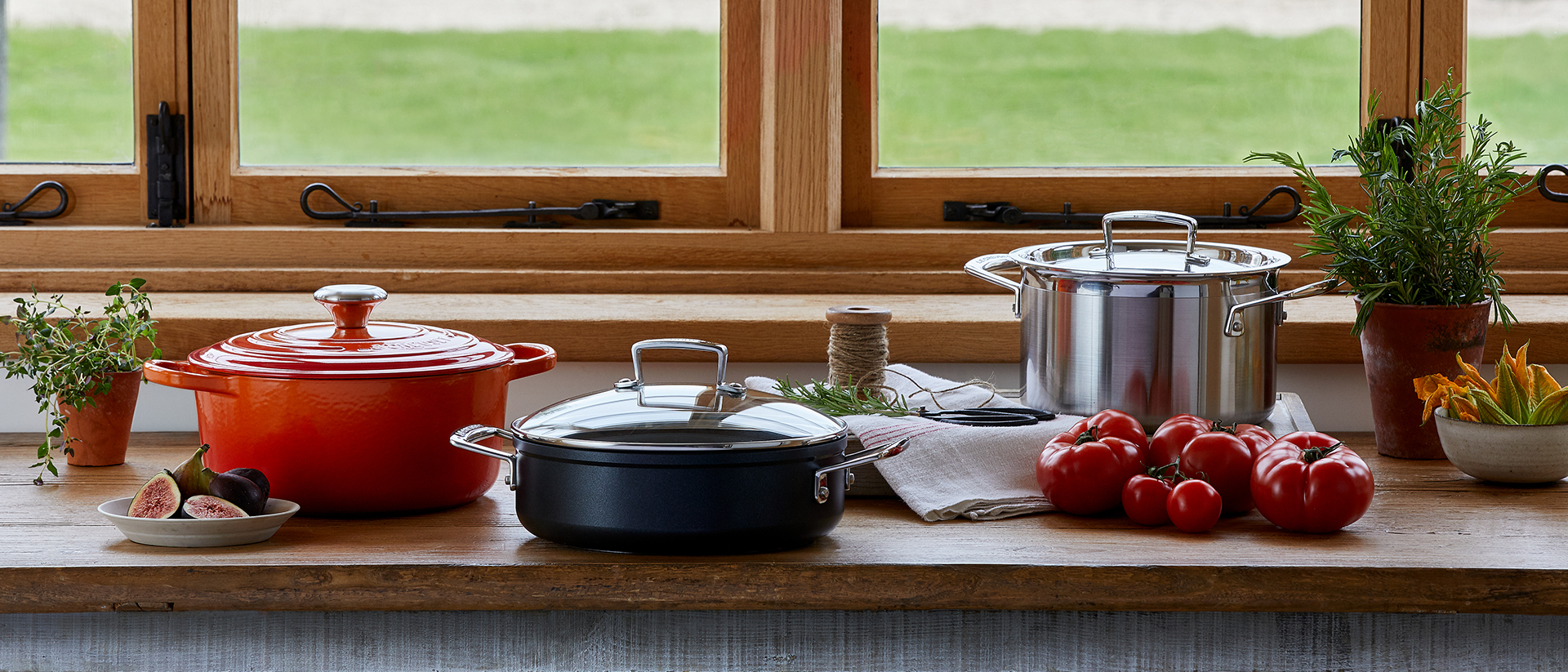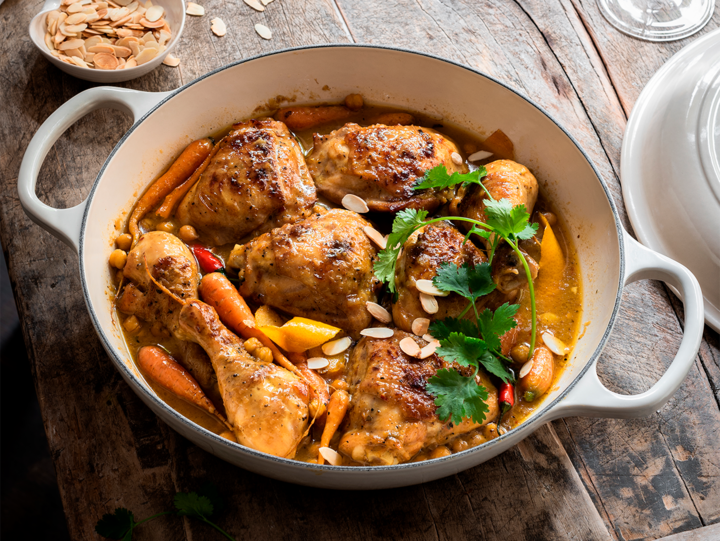PRESERVATION METHODS
Harvest seasonally,
enjoy anytime
Preservation is one of the best ways to make use of an abundance of fresh produce. By preserving foods at home, you can enjoy seasonal produce all-year-round using methods such as pickling, fermenting, or drying.
Whether you’re growing your own food or buying in bulk from the local farmer’s market, preservation is a great way to stock up your pantry and reduce food waste. Below, we explore four preservation methods that you can easily try at home.
Whether you’re growing your own food or buying in bulk from the local farmer’s market, preservation is a great way to stock up your pantry and reduce food waste. Below, we explore four preservation methods that you can easily try at home.
#1: Fermenting
Fermentation may be one of the oldest preservation forms, but its popularity has soared in recent years thanks to its apparent health benefits. Fermentation is the process in which a microorganism like yeast or bacteria creates a desirable change in food and beverages, making it more easily digestible. In turn, these good bacteria help to maintain gut health. Sauerkraut, kimchi, miso paste, wine, and dairy products such as yoghurt and kefir are all created by the fermentation process.
#2: Pickling
Pickling is one of the best ways to capture the flavours of produce when they’re at their seasonal peak. Pickling preserves foods in a high-acid solution, usually by adding vinegar. Typically, the vegetable will rest in brine for a short time before being brought to a boil in a vinegar solution, placed into jars and covered with the remaining solution. In the Mediterranean region, pickling in high-quality olive oil is considered the best method for preserving the sun-ripened fruits of summer.
View our Stoneware Medium Storage Jar
#3: Curing
Before reliable refrigeration, people would use salt- or dry- curing to preserve meats. This simple process involves coating the meat with a salt cure rub which draws out the moisture for a more concentrated flavour and makes it safe to store at room temperature. The centuries-old practice of curing foods has resulted in some of our favourite delicacies, from prosciutto to salami, and cured meats are an excellent addition to any cheeseboard.
#4: Drying
Drying is the simple process of dehydrating foods, removing the water needed by bacteria, yeasts, and moulds to grow. This method is easy to do and can be used for most types of foods, including fish, meats, fruits, and vegetables. The original form of this method (air drying) can be time-consuming, so drying in a conventional oven is a great alternative. Dried foods not only achieve a longer shelf life but also develop nuanced flavours.
view our Salt Mill
We’re spoiled for choice when it comes to food preservation. Apply these methods correctly, and you’ll gain a real sense of satisfaction – not only from delicious new discoveries and the potential nutritional benefits, but also from helping the environment by reducing food spoilage and waste.







